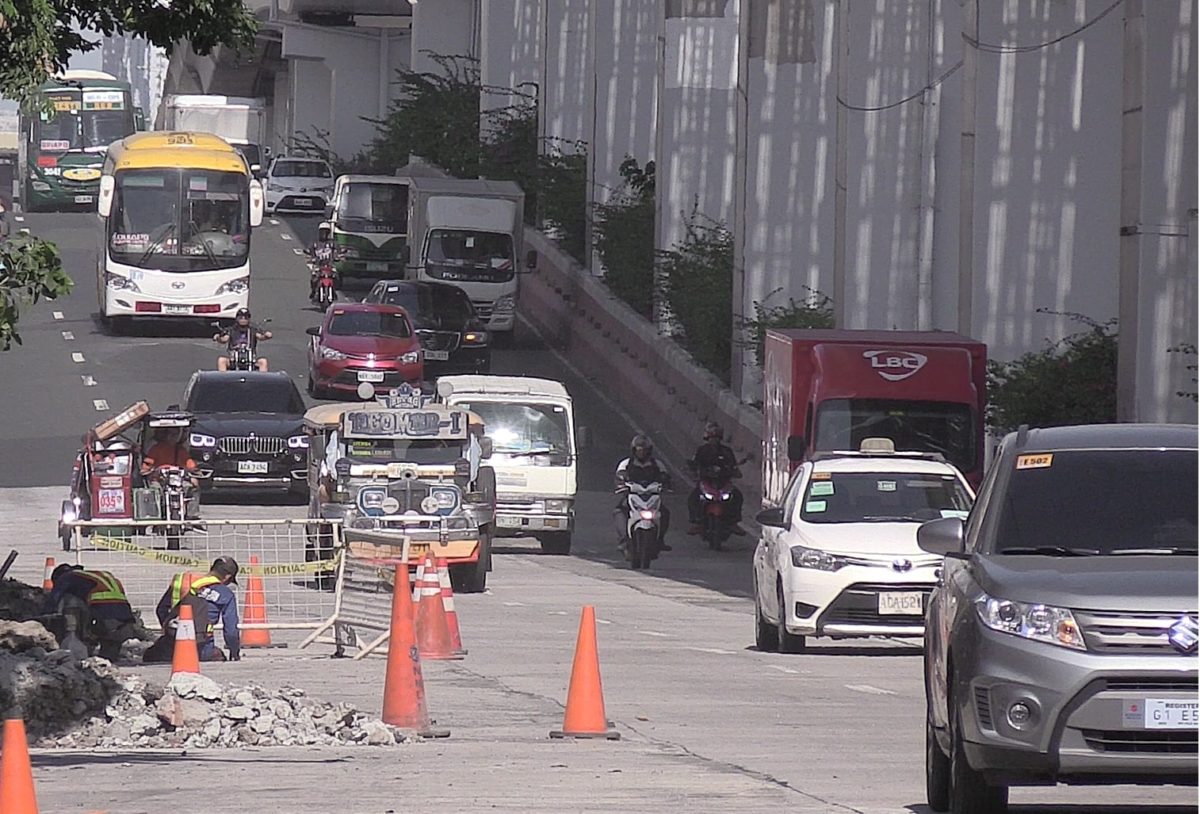Road safety advocates underscored the need for urgent action by governments and private sector partners worldwide to prevent road crashes as countries observe the 5th UN Global Road Safety Week from May 6-12.
Despite progress, road traffic deaths continue to rise, with an annual 1.35 million fatalities around the world, according to the World Health Organization, with road traffic injuries now the leading killer of children and young people aged 5-29 years.
“WHO’s vision is a world free from road traffic deaths and injuries,” WHO Director-General Dr. Tedros Adhanom Ghebreyesus said.
“This week and every week, play your part in making the roads safe for everyone,” he said in a statement, addressing leaders from both government and civil society.
“Road traffic deaths and injuries are an unacceptable price to pay for mobility,” noted Dr Etienne Krug, Director of the WHO Department for Management of Non-communicable Diseases, Disability, Violence and Injury Prevention.
“There is no excuse for inaction. This is a problem with proven solutions. Governments and their partners must demonstrate leadership and accelerate action to save lives by implementing what works.”
The same sentiment was echoed at the Sixth Global Meeting of Nongovernmental Organizations Advocating for Road Safety and Road Victims April 9-13 in Chania, Greece, where leaders called on governments “to prioritize political will and funding for road safety in their country.”
Lotte Brondum, Executive Director of Global Alliance of NGOs for Road Safety, said: “Every day, 3,700 people die on the worlds’ roads. This is a tragedy of pandemic proportions. Each victim is not just a number but a mother, father, sister, brother, child, or friend.”
Strong leadership necessary
The Road Safety Week acknowledges that strong leadership is crucial in promoting and ensuring road safety through concrete interventions, including improving road safety management, making roads, vehicles and road users safe, and enhancing post-crash care.
The call for greater commitment to address road deaths comes days before the Philippines holds mid-terms elections, an opportunity for the public to select leaders who will push for legal reforms and make road safety a priority transport, public health concern and development concern.
In the Philippines, tens of thousands die and are injured every year in road crashes. In 2016, close to 11,300 Filipinos died due to road crashes, representing a 64% increase from 6,869 deaths in 2006, according to the Philippine Statistics Authority.
The Department of Transportation(DOTr) acknowledges that the road crash death rate in the country continues to rise despite legislations, policies and programs aimed at improving road safety.
DOTr Assistant Secretary Mark De Leon says partnership with the private sector is important as the government has limited resources. “Although government can do the policy, the enforcement, but still, if we don’t have private sector participating in road safety advocacies and programs, it would be very difficult for government to have a good road safety picture,” he said in a forum last December.
Amalia Rolloque, Program Officer, Safe Kids Worldwide Philippines, said: “We are happy that the government is with us but more top leadership involvement is essential to address road safety. It is still lacking”.
Without the support of the top leaders of the government, the agenda on child road safety will not be as effective, added SKWP Executive Director Jesus de la Fuente.
Jofti Villena, Project Manager for the Bloomberg Initiative for Global Road Safety in the Philippines points out that different countries are in different stages of development and that affects their road safety programs.
“Globally, I think countries have their own phases of development in terms of road safety, and some are really still at the beginning stage, so that’s why (some states) can’t immediately act upon the road crash deaths and injuries.”
Lower death rate in action plan
The Philippine Road Safety Action Plan (PRSAP) 2017-2022 sets an interim target to reduce road crash death rate (per 100,000 per population) by 20% in 2022.
The five-year action plan is an update of the PRSAP 2011-2020, an earlier action plan that was put together in line with the UN’s Decade of Action for Road Safety. The Decade of Action, declared by the UN General Assembly in March 2010, aims to save millions of lives by building road safety management capacity and improving safety of road infrastructure, among others.
While road users are to blame for most of the crashes, road conditions are also a factor in road traffic incidents.
iRAP, an organization which inspects the quality of roads, surveyed thousands of kilometers of roads in the Philippines and graded them with a score of 1-star or 2-stars.
Roads with one-star rating are considered the least safe while those with 5 stars are the safest.
One pillar of the PRSAP focuses on infrastructure as an important aspect of road safety. This includes design, construction, operation and maintenance of roads. Lead agencies for this particular intervention are the Department of Public Works and Highways and local government units.
This story is produced under the Bloomberg Initiative Global Road Safety Media Fellowship implemented by the World Health Organization, Department of Transportation and VERA Files.





